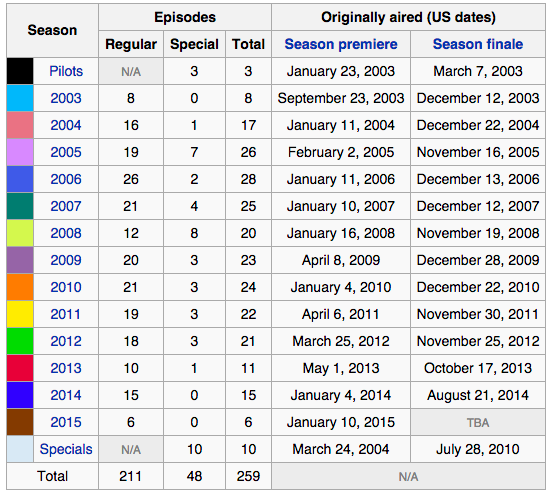Recently Netflix Switzerland made Mythbusters available on their service. As I watched episode after episode I noticed the camaraderie between those who participate in the show. We see that Adam and Jamie occasionally argue but that overall they are having a lot of fun. We see them laugh, joke, tease each other, and collaborate.
Their show is a science show where fun myths are challenged. They have two goals with each myth, establish whether it is confirmed, plausible, or busted. They then scale up and reproduce the results.
The first two seasons are short and low budget using prosumer cameras and we notice the difference between camera image quality from shot to shot. The first “season” as it is called on Netflix Switzerland must be the pilot episodes.
The first episodes of the season are great because their editing style is good. Every minute of the program covers something new. In later seasons, at least for the broadcast versions and those shared via youtube advertising provisions ruined the watchability of the show. I am speaking of the lead in each segment and the lead out.
Netflix is paid for directly by the customer and there are no ad breaks. As a result of this, I would re-edit content for the 50-minute duration rather than broadcast the TV edit. It allows for the producers of the show to provide more content and information to their audiences.
Netflix content should be reformatted for a longer viewing duration. It should take advantage that there are no commercial breaks to get content to flow without fade to blacks and without repetitions. It should also take in to account binge viewing.
Documentaries will benefit from services such as Netflix and Video on Demand. They will benefit because they can edit content to be seen without commercials and without the constant need for repetition. As a result, rather than have 40 minutes of content and 10 minutes of repetition documentaries will have 50 minutes of content for the viewer.
Two stories or more are usually explored per episode and in the earlier episodes, you have cut from one story to the next no more than two times. As they produce more episodes so the editing goes from Story A to B to A to C to A to B to A again and then to C. This flip-flopping between experiments results in the editor having to summarise what happened before and what they want as a result frequently. This repetition is optimal if people watch just five minutes of a program but ruins the viewing experience for those watching an entire episode. Let’s see if they resolve this issue for Netflix.


Leave a Reply